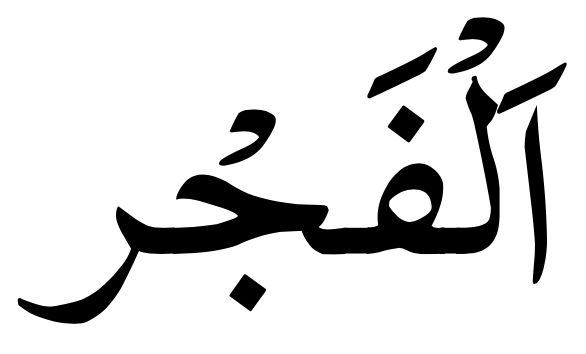

(Revealed before Hijrah)
This Chapter was among the earliest Surahs which were revealed at Mecca. From historical data it appears to have been revealed sometime in the fourth year of the Call. Noldeke places it immediately after Al-Ghashiyah, which was also revealed in the fourth year. The Surah contains a double prophecy which primarily applies to the Holy Prophet and secondarily to the Promised Messiah. In a beautiful allegory the Surah alludes to the last ten years of the Holy Prophet’s life of hardship at Mecca and his Emigration to Medina, accompanied by his most faithful Companion, Abu Bakr, and to the first year of his life at Medina which was also full of strains and stresses. The Surah may also be taken as referring to the decline of Islam during the ten centuries after its first three hundred years of uniform success, and to the appearance of the Promised Messiah, as well as to the first century of trials and hardships for his mission and his followers. After this brief allegorical description of the vicissitudes and fluctuations of the fortunes of Islam in the time of the Holy Prophet and that of the Promised Messiah, the Surah mentions the case of Pharaoh as representing the opposition which the cause of Truth always encounters. Opposition to Truth (the Surah further states) springs from accumulation of power and wealth in the hands of a particular class, and the misuse of riches and authority by them brings about their decline and destruction. The Surah ends on the note that only a few fortunate people accept the Divine Message and by walking in the ways of righteousness succeed in winning God’s pleasure, and consequently enjoy complete immunity from fear of failure or faltering, and after joining the company of His Elect, enter Heaven.